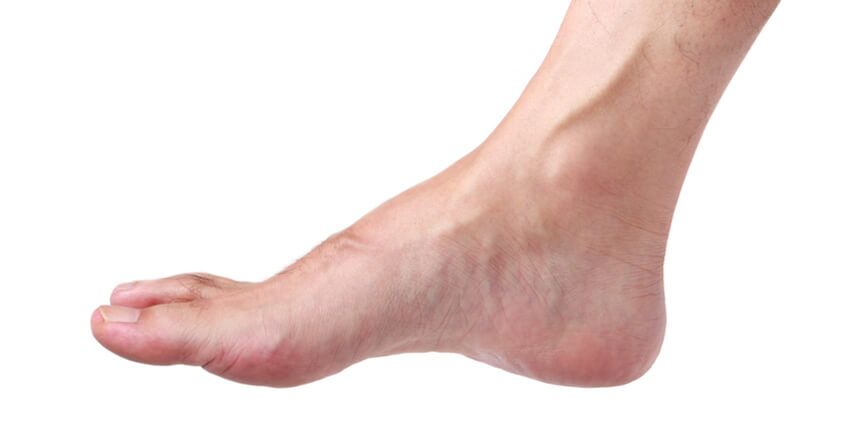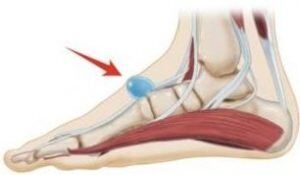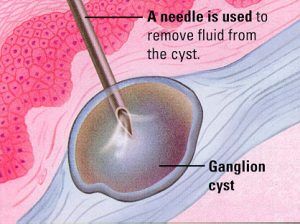
If you have a ganglion cyst on your foot, you may be experiencing a few frustrating symptoms. Or, you may only notice a small lump. Either way, an experienced foot and ankle doctor can provide the necessary diagnosis and help you determine the best way to treat the condition to remove the cyst and prevent future problems.
Keep reading to learn more about the ganglion cyst and what you can expect from treatment.

A ganglion cyst looks and feels like a smooth lump beneath the skin. The term “ganglion” means knot. The lump that forms is a sac filled with a jelly-like fluid, synovial fluid, which comes from the joint capsule or tendon sheath where the lump is located. Synovial fluid surrounds the tendons and joints, lubricating and cushioning them during movement. When the fluid leaks, a cyst can form.
While a ganglion cyst is harmless, it can sometimes cause pain or discomfort. Some cysts will go away independently without treatment, but they can take years to disappear.
Here are some of the typical symptoms of a ganglion cyst on the foot:
Finally, to diagnose the cyst, a doctor may remove a small amount of the synovial fluid to test it, take an X-ray, or analyze it with a visual assessment.

A trusted podiatrist can help you determine the best course of action if you have a ganglion cyst on your foot. Depending on the level of pain and irritation, here are some of the common treatments a doctor may recommend:
At Foot HealthCare Associates, our podiatrists will carefully assess your foot condition. We will help you find the best treatment option for your needs. So, if you want to get rid of a ganglion cyst on your foot, we can help. Please contact us to schedule an appointment with our seasoned team of podiatrists.
©Copyright 2025 Foot Healthcare Associates.
©Copyright 2025 Foot Healthcare Associates.